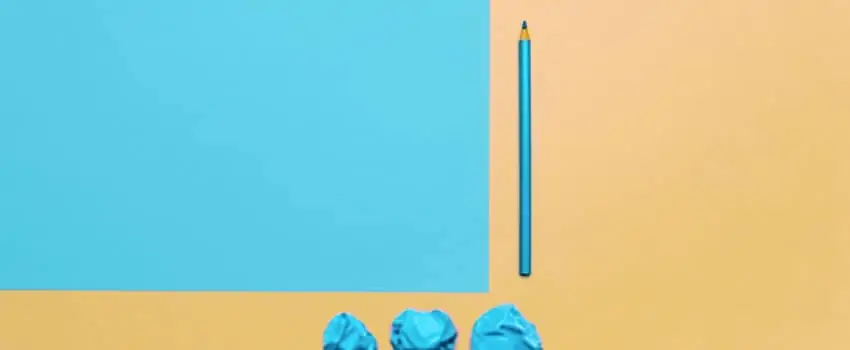Perhaps your school librarian or teacher assigned a research project and warned you not to plagiarize. Or, maybe you’ve seen the word appear on a news report that accused a famous person of plagiarizing a song or book. Plagiarism is a word that has some pretty scary consequences, but don’t worry. We’re here to show you the ropes so you know what plagiarism is and how to avoid it, so let’s get started:
What Exactly is Plagiarism?
Plagiarism is the act of taking information from a source and placing it in your own project without properly sharing where you found the information. If you add information from a book, website, newspaper, or another resource into your project, you can! You just need to provide credit to the original author.
Think of it this way, if your friend let you borrow a cool hat and someone stopped you to ask about it, you’d mention that it’s your friend’s hat, right? You’d maybe even share where they bought it (if you happened to know). You wouldn’t tell the person it’s yours and you bought it on your own. This is kind of similar to research projects.
The difference between the hat scenario and research projects though is that in research projects, you’re required to share that you borrowed information and also share where you borrowed it from. You share who the original author is, where you found it, and some other pieces of information. If you don’t show the reader that you’re including another individual’s words or images in your paper, and you’re trying to pass it off as your own, you’re plagiarizing! There are other ways to plagiarize too. Read the next section to learn more.
What counts as plagiarism?
Plagiarism includes all of the following:
- Using someone else’s work in your assignment and passing it off as your own
- Changing the words of a quote
- Using a quote from a source and not putting quotation marks around it
- Taking a line of text from a source and substituting many of the words for synonyms. For Changing the book title The Cat in the Hat to The Feline in the Cap is plagiarism! They’re essentially the same book title!
- Including incorrect information about the original source, such as changing the name of the author or including an incorrect URL
- Submitting a paper that was entirely written by someone else
- Submitting your work from a previously taken class or assignment and using it again for a different class or project. This is called self plagiarism.
What can I do if I don’t want to plagiarize?
Plagiarism is happily avoidable! One of the easiest things you can do to not plagiarize is to create citations for all the sources (i.e. books, journal articles, videos, etc.) of information you used to write your paper. That means creating a bibliography. You also need to cite quotes or paraphrases using in-text citations. For example, APA style and MLA format use parenthetical citations after a quote or paraphrase to indicate where the original information came from.
If you need help creating citations, BibMe has tools that can help you create APA citations, MLA citations, or citations in several other styles. If you need writing help, try our grammar check on BibMe Plus.

